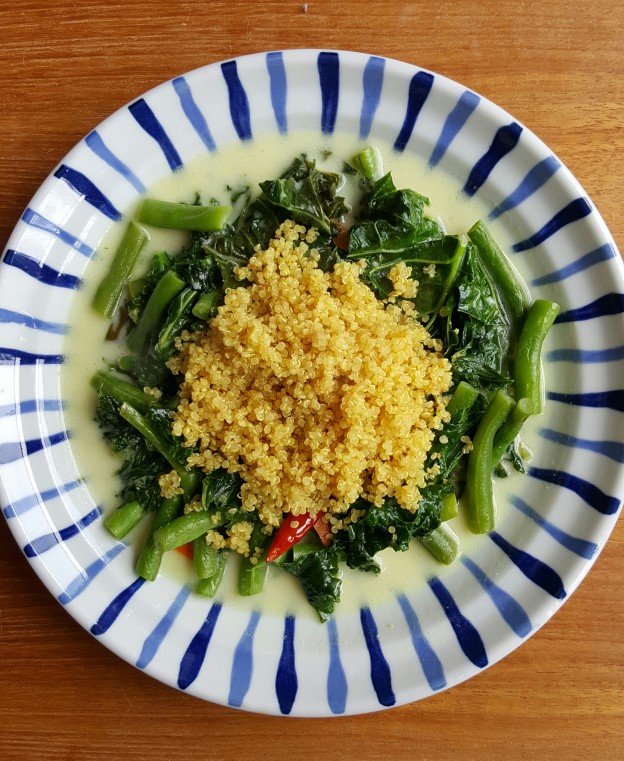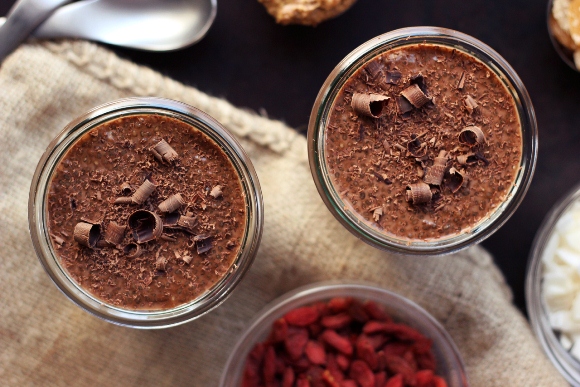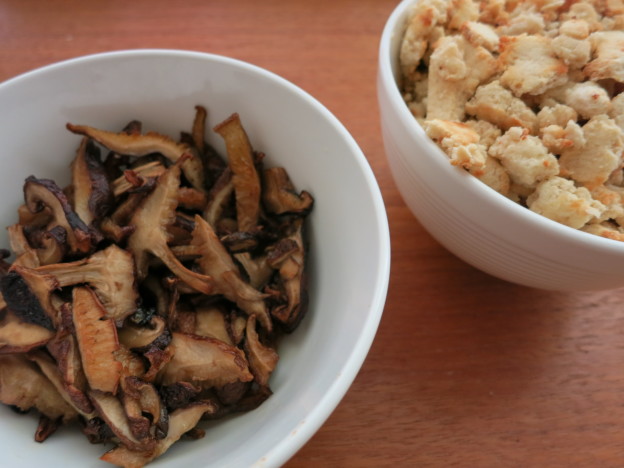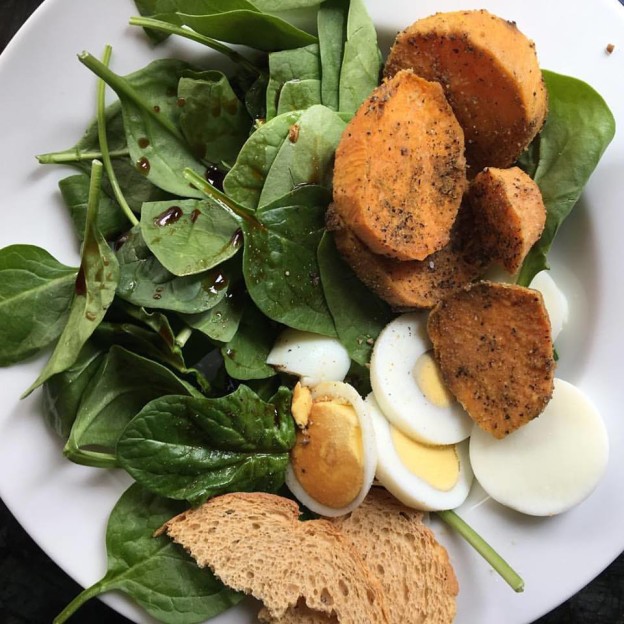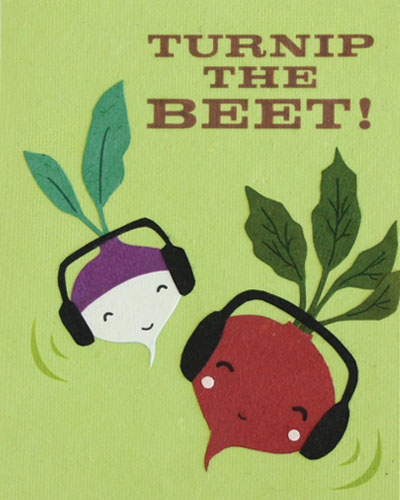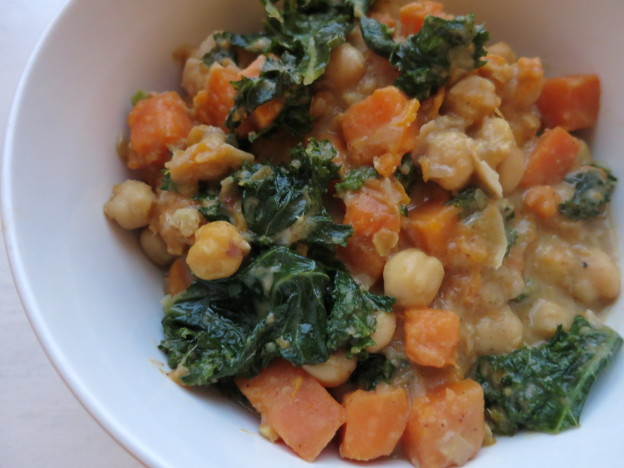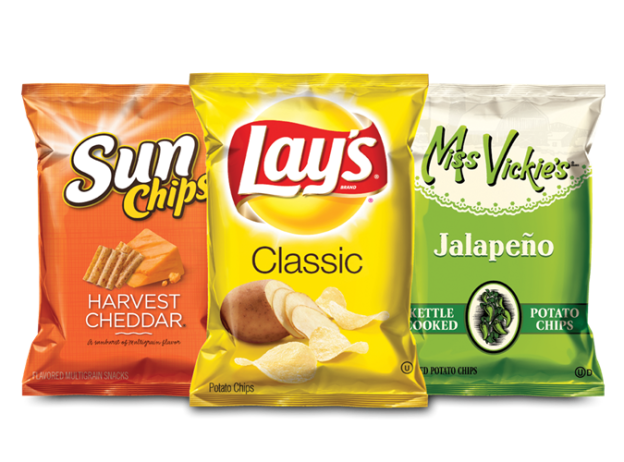I love curry, especially Thai curry. It’s heavy on veggies and has so much flavor! Making veggie curry from scratch can be time consuming, and eating out can be tricky for those of us with dietary restrictions, allergies or watching or sugar and salt intake. Plus it’s just way healthier and less expensive to make your own food (if you need some encouragement, check out this post).
So, this week I did something I don’t usually do. I cooked with store bought curry paste. Thai Kitchen makes green and red chili curry paste, and they’re actually delicious and made with real ingredients. The ingredients for the green curry paste that I used for my veggie curry are galangal (Thai ginger), lemongrass, green chili, garlic, kefir lime, salt and shallots. There are no preservatives or sugar and it’s vegan, paleo and gluten free. Not bad! It’s great to have around the house for those days when you want a hit of intense flavor without putting in a ton of work.
I also love this recipe because it’s so satisfying after a long day. The veggies in this dish provide about 14 grams of fiber, or 7 grams per serving. Similar to coconut oil, coconut milk is a great source of healthy fat. And, fiber and fat are a magical pair. Together they keep us full and satisfied. The sweetness of the coconut milk and carrot in this veggie curry also satisfies my sweet tooth, while the heat from the ginger and chili revs up digestion.
Keeping pantry items like coconut milk and curry paste on hand is also a great way to be able to make a quick, healthy and flavorful meal when you don’t have a lot of time. As a health coach, I always encourage my clients to keep some fun pantry items stocked up for days when getting to the grocery store isn’t going to happen. Having a few quick meals you can make with whatever you have on hand is a great way to avoid the temptation to order out. And our bodies and pockets will thank us.
And remember, recipes are great as guides, but don’t need to be viewed as a rule book. This recipe would be great with collards instead of kale, or with some bell peppers and broccoli. Frozen veggies also work well, just adjust the cooking time so they don’t get soggy. Tofu, beans or chicken could also be added for some extra protein. The most important thing is to have fun with it and enjoy!
Samantha’s Super Simple Veggie Curry (vegan, vegetarian, gluten free, paleo)
Ingredients
- 1 can full fat coconut milk
- 1/2 inch ginger peeled and diced
- 3 cups green beans, cut into bite sized pieces
- 2 cups kale, torn into bite sized pieces
- 1 whole dried red pepper pod
- 1-2 tsp green Thai curry paste
- 1/2 lime, zest and juice
- 1 carrot, cut into rounds
- salt to taste
Directions
- Put coconut milk, chili pepper, Thai curry paste, salt, red pepper and ginger in a pan. Bring to a boil, then lower heat to bring liquid to simmer.
- While coconut milk mixture is heating up, chop your veggies (I use pre-chopped kale, don’t worry, it’s not cheating).
- When ready, add the green beans and carrots. Cook about 7 minutes.
- Add kale, cook an additional 3-5 minutes, until done.
- Add zest and juice of the lime, adjust seasoning and serve.
Serve over rice or quinoa.
Enjoy!

